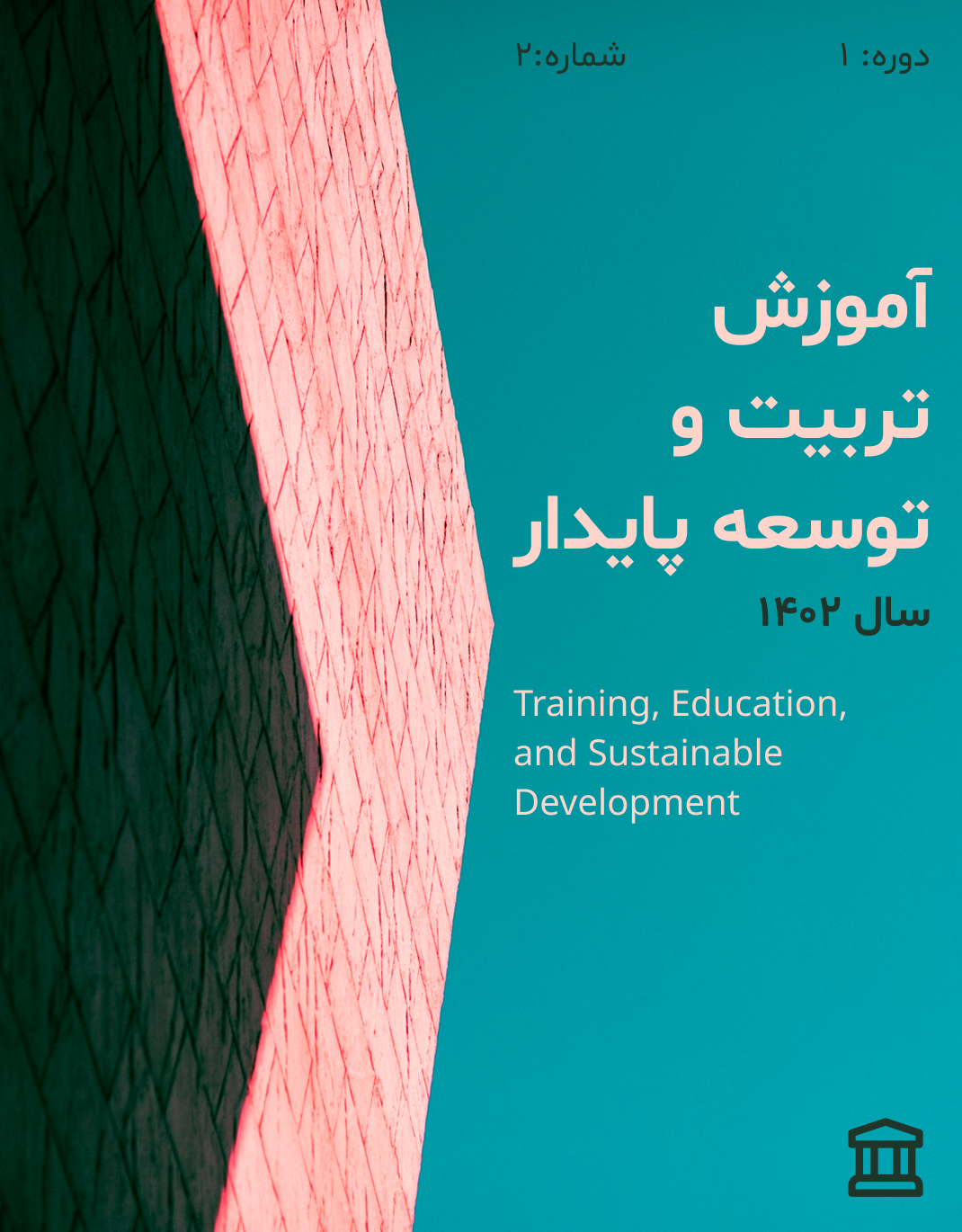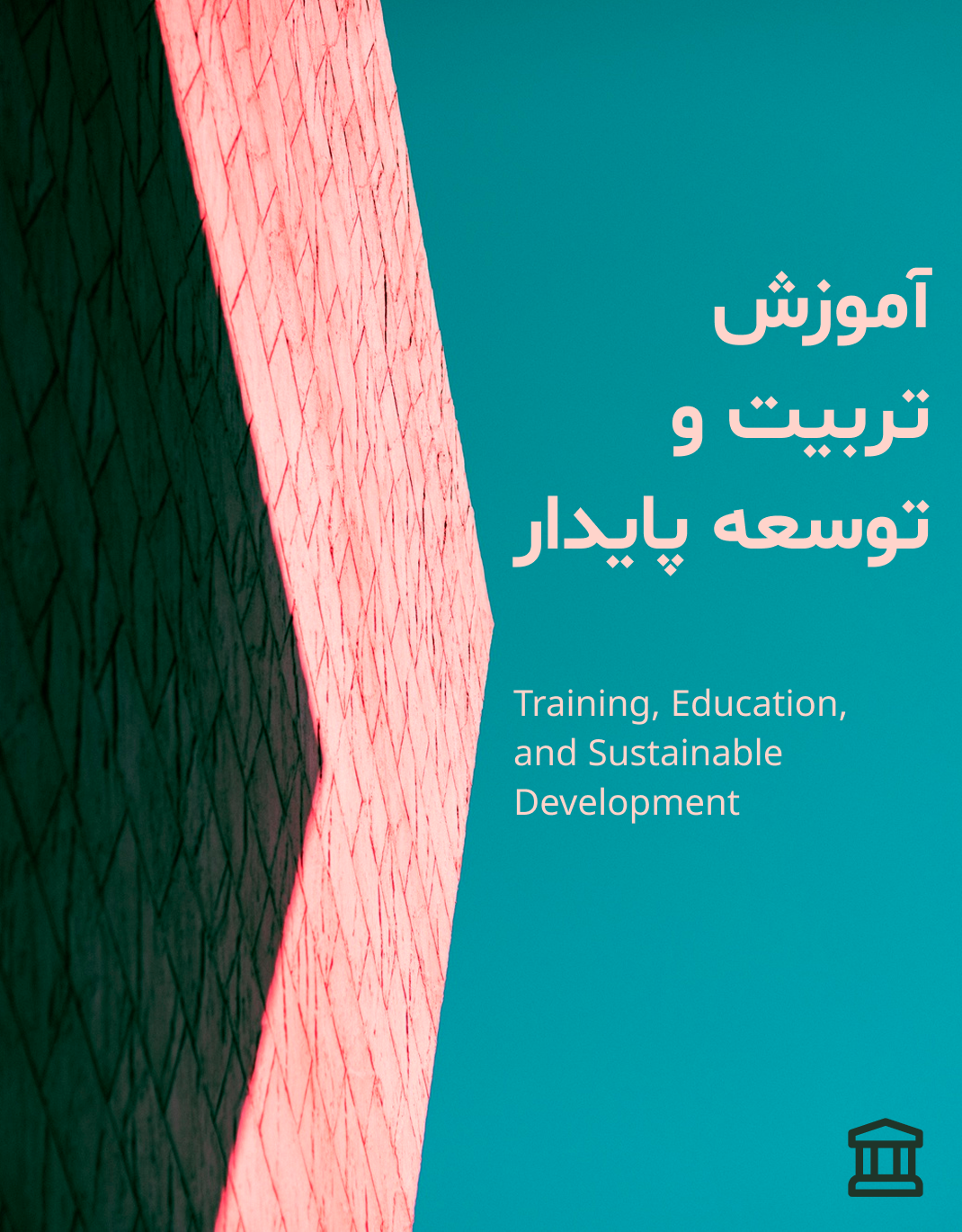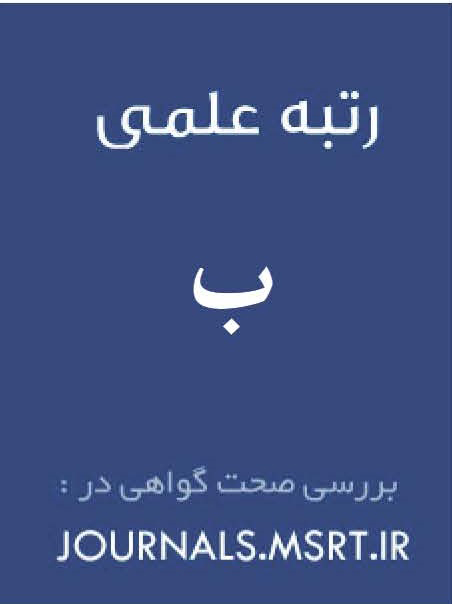واکاوی سازوکارهای تقویت نگرش انتقادی در دانشآموزان دبیرستانی
کلمات کلیدی:
نگرش انتقادی, دانشآموزان دبیرستانی, تحلیل مضمون, آموزش متوسطه, عوامل روانشناختی, تعامل اجتماعیچکیده
هدف پژوهش حاضر شناسایی و واکاوی سازوکارهای مؤثر در تقویت نگرش انتقادی در میان دانشآموزان دبیرستانی با بهرهگیری از رویکرد کیفی بود. این پژوهش با استفاده از روش کیفی تحلیل مضمون و از طریق انجام مصاحبههای نیمهساختاریافته با ۲۶ نفر از دانشآموزان، معلمان و مشاوران مدارس دبیرستانی شهر تهران انجام شد. نمونهگیری بهصورت هدفمند و مبتنی بر معیار صورت گرفت و گردآوری دادهها تا رسیدن به اشباع نظری ادامه یافت. تمامی مصاحبهها بهطور کامل پیادهسازی و سپس با استفاده از نرمافزار NVivo تحلیل شدند. در تحلیل مضمون، ابتدا کدهای باز استخراج و سپس در قالب زیرمقولهها و مقولههای اصلی طبقهبندی گردیدند. یافتههای پژوهش در سه مقوله اصلی شامل «بسترهای آموزشی مؤثر»، «عوامل روانشناختی و شخصیتی»، و «نقش خانواده و محیط اجتماعی» سازمان یافتند. هر یک از این مقولهها شامل چندین زیرمقوله مانند روش تدریس، فضای کلاسی، خودکارآمدی شناختی، هیجانهای یادگیری، سبک فرزندپروری، و تأثیر همسالان بودند. این عوامل در تعامل با یکدیگر زمینهساز شکلگیری و تقویت نگرش انتقادی در دانشآموزان میشوند. نتایج نشان میدهد که نگرش انتقادی پدیدهای چندبعدی است که تحت تأثیر عوامل آموزشی، روانشناختی و اجتماعی قرار دارد. برای پرورش این نگرش در دانشآموزان، لازم است مداخلاتی جامع در سطح برنامهدرسی، تربیت معلم، ساختار خانواده و فرهنگ عمومی طراحی و اجرا گردد.
دانلودها
مراجع
Abrami, P. C., Bernard, R. M., Borokhovski, E., Wade, A., Surkes, M., Tamim, R., & Zhang, D. (2008). Instructional interventions affecting critical thinking skills and dispositions: A stage 1 meta-analysis. Review of Educational Research, 78(4), 1102–1134. https://doi.org/10.3102/0034654308326084
Brookfield, S. D. (2012). Teaching for critical thinking: Tools and techniques to help students question their assumptions. Jossey-Bass.
Ennis, R. H. (2011). The nature of critical thinking: An outline of critical thinking dispositions and abilities. University of Illinois. Retrieved from https://education.illinois.edu/docs/default-source/faculty-documents/robert-ennis/critical-thinking-outline.pdf
Facione, P. A. (2015). Critical thinking: What it is and why it counts. Insight Assessment.
Kim, H. (2021). The role of learning-related emotions in promoting critical thinking skills in adolescents. Journal of Educational Psychology, 113(1), 1–13. https://doi.org/10.1037/edu0000456
Lai, E. R. (2011). Critical thinking: A literature review. Pearson’s Research Reports.
Merriam, S. B., & Tisdell, E. J. (2016). Qualitative research: A guide to design and implementation (4th ed.). Jossey-Bass.
Paul, R., & Elder, L. (2014). The Miniature Guide to Critical Thinking Concepts and Tools (7th ed.). Foundation for Critical Thinking.
Ten Dam, G., & Volman, M. (2004). Critical thinking as a citizenship competence: Teaching strategies. Learning and Instruction, 14(4), 359–379. https://doi.org/10.1016/j.learninstruc.2004.01.005
UNESCO. (2015). Rethinking education: Towards a global common good? Paris: UNESCO. Retrieved from https://unesdoc.unesco.org/ark:/48223/pf0000232555



